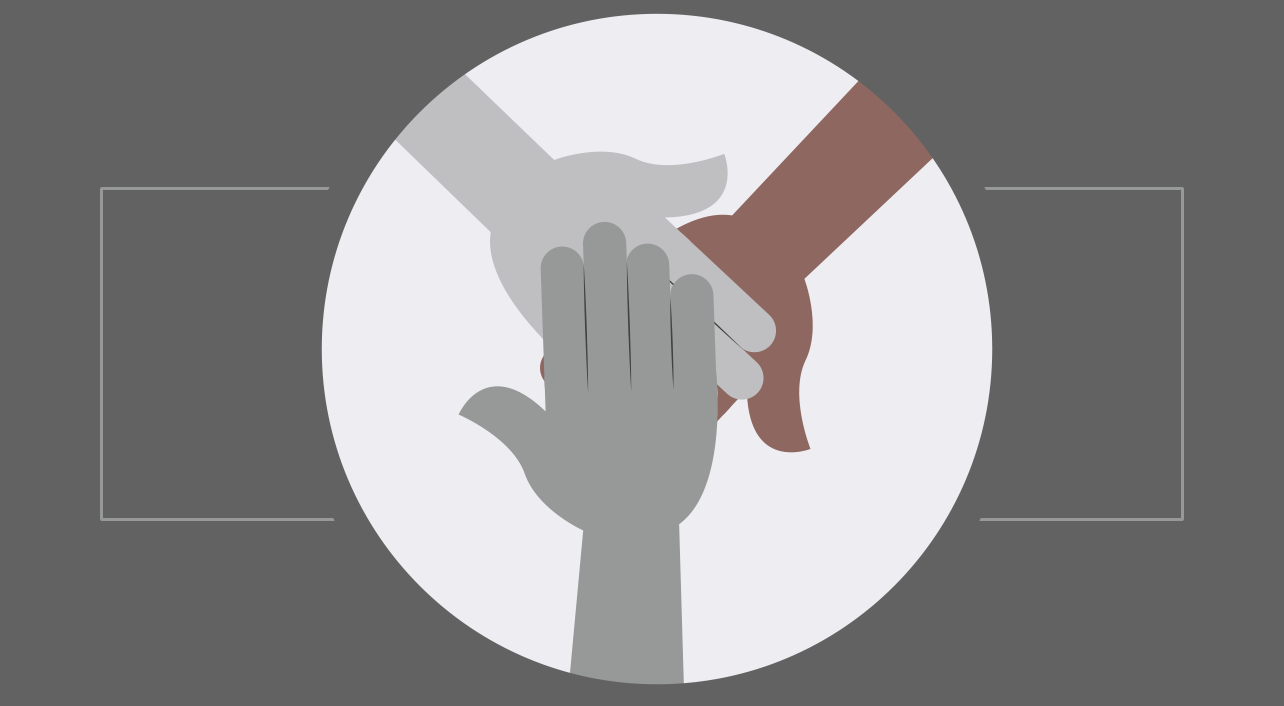- rli
- Blog post
What do you want from your DEI training?
There’s probably no hotter workplace training topic today than Diversity, Equity and Inclusion (DEI). Amid powerful social movements on behalf of persons of color, persons of differing sexual orientation and identity, persons with disabilities and others, organizations can’t afford to be stuck in old ways of thinking and behaving. The risks — legal, ethical, reputational — are too great.
But exactly what does your organization need in terms of DEI training? There are hundreds of programs, and it can be tough to choose.
Glen Guyton, executive director of the Mennonite Church USA and a DEI trainer, lists more than a dozen types of training that you might want to consider, from basic to advanced. How far you go along the continuum will depend on your organization’s nature and goals:
Basic (awareness and knowledge)
At this point, you’re concerned with creating a common understanding and an awareness of expectations, as a prelude to behavior change.
- Common ground: Defines terms, values, and priorities. Gets everyone on the same page.
- Facilitated town halls: Brings out issues in a non-threatening way, lets people be heard, and generates feedback about the needs and problems of the organization.
- Cultural sensitivity training: Helps participants become aware of other cultures and lifestyles to increase empathy among co-workers. Can address the “elephant in the room” — such things as cross-cultural communication, resentment or competition for advancement opportunities.
- Human resources compliance training: Details how not to get sued or how not to get fired. Gives employees the legal basis for DEI compliance.
Intermediate (knowledge and skills)
This step starts to create behavior change, by giving people tangible skills for working with colleagues who are “different.”
- Unconscious/implicit bias: Demonstrates how to identify and mitigate bias in the workplace.
- Accommodation: Gives ideas about working with people who have different beliefs, values, or abilities and how to address the necessary workplace accommodations.
- Microaggressions and belonging: Illustrates how to communicate and collaborate in a way that avoids harmful stereotypes, implicit bias-based expectations, and actions that create a hostile workplace.
- Inclusive management, allyship, inclusive interviewing and hiring: Trains supervisors and workers to identify and address overt and covert acts of discrimination. This can include skill-based training and planning for HR managers and diversity officers to dismantle biased systems and practices within the organization.
- Intercultural communication: Helps with understanding of how cultural expectations and conflict influence the communication process.
Advanced (action and advocacy)
This step begins to connect internal DEI efforts to issues that go beyond the organization.
- Anti-oppression training: Shows trainees how to combat racism, sexism and/or other forms of entrenched discrimination.
- Leading diverse teams: Gives supervisors the skills they need to lead a diverse workforce in a society where individuals are increasingly aware of their cultural identities.
- Community and industry engagement: Connects the organization’s values with the community it serves. Helps organizations that want to move beyond internal DEI change and be more inclusive with clients, providers, and their field or industry.
- Senior management training/coaching: Helps senior management face and overcome barriers to the success of DEI efforts.
This post is adapted from an entry in Glen Guyton’s cultural competency blog dated Sept. 25, 2020.

Get a demo of all our training features
Connect with an expert for a one-on-one demonstration of how BTS Total Access can help develop your team.


